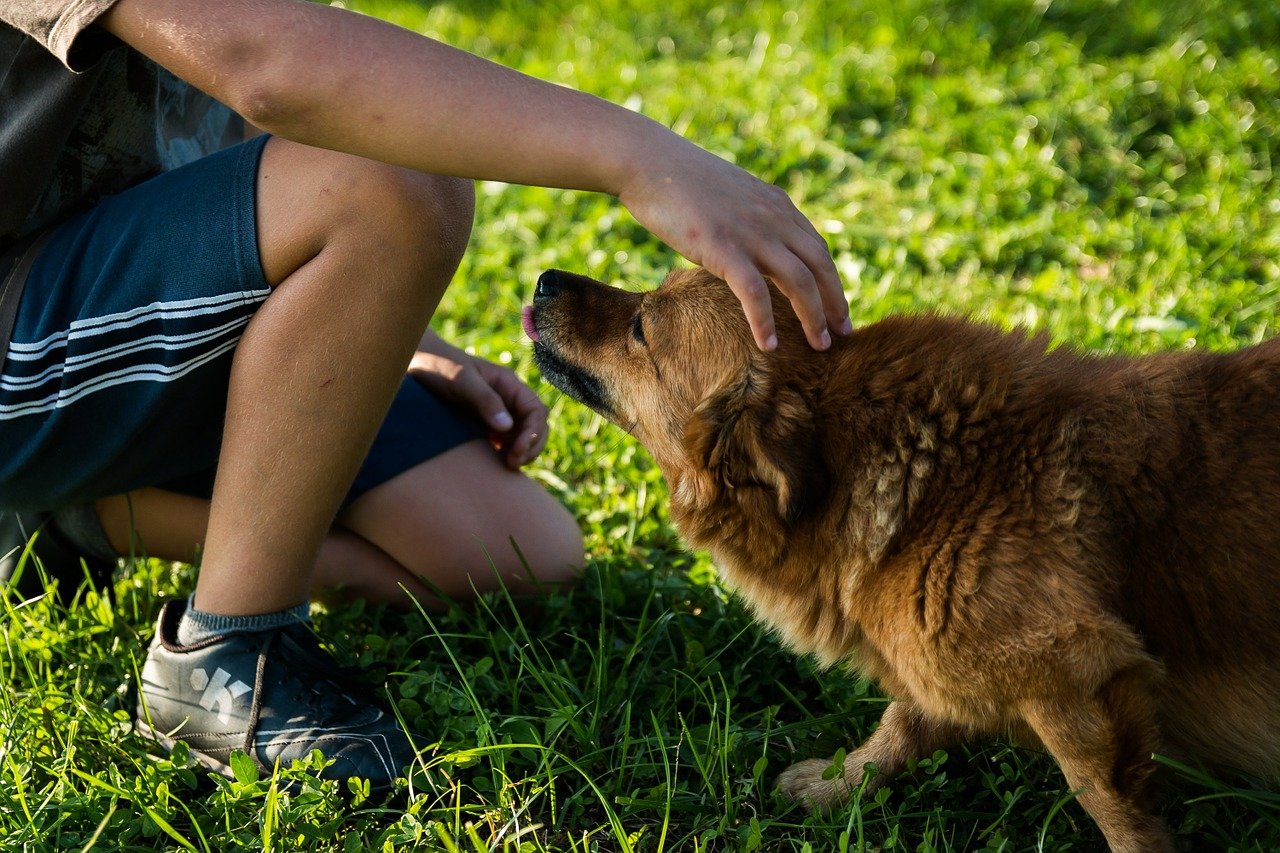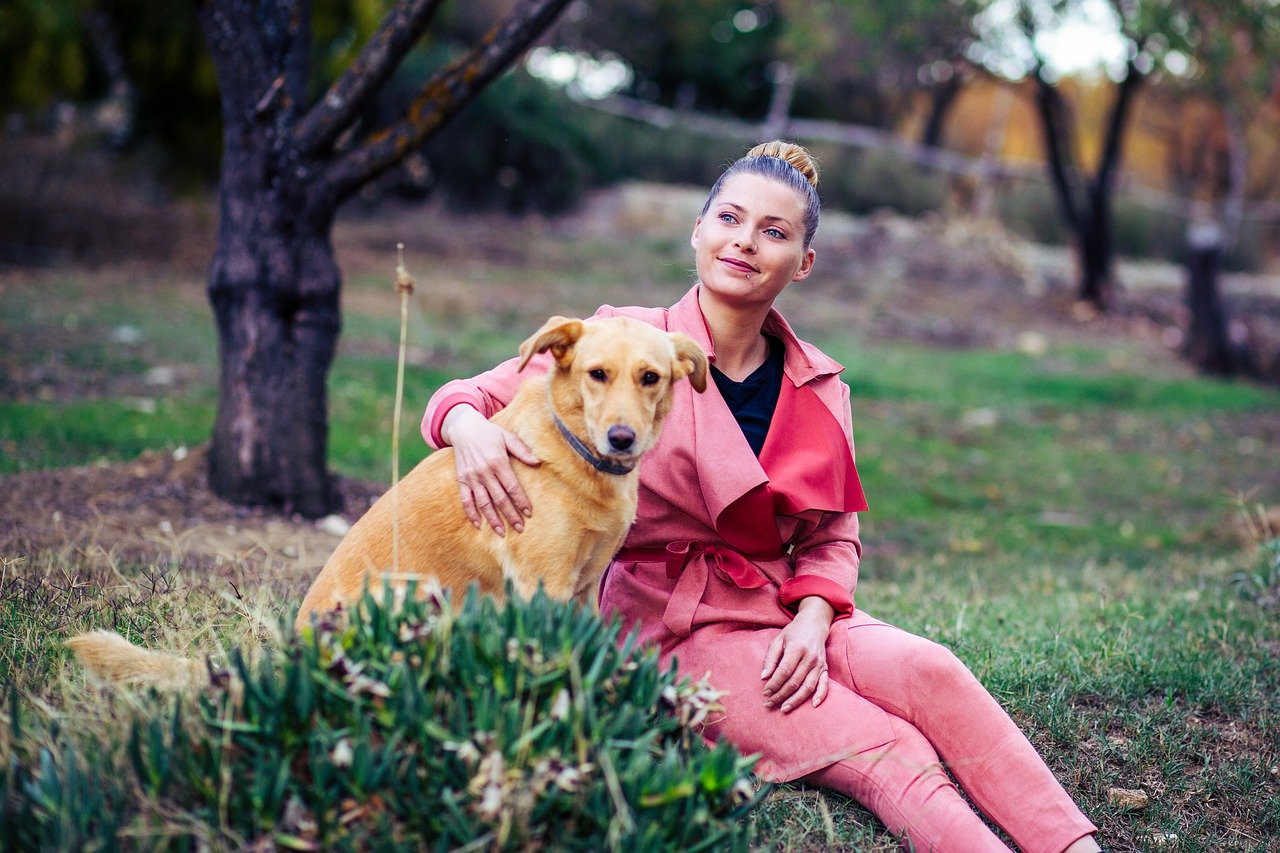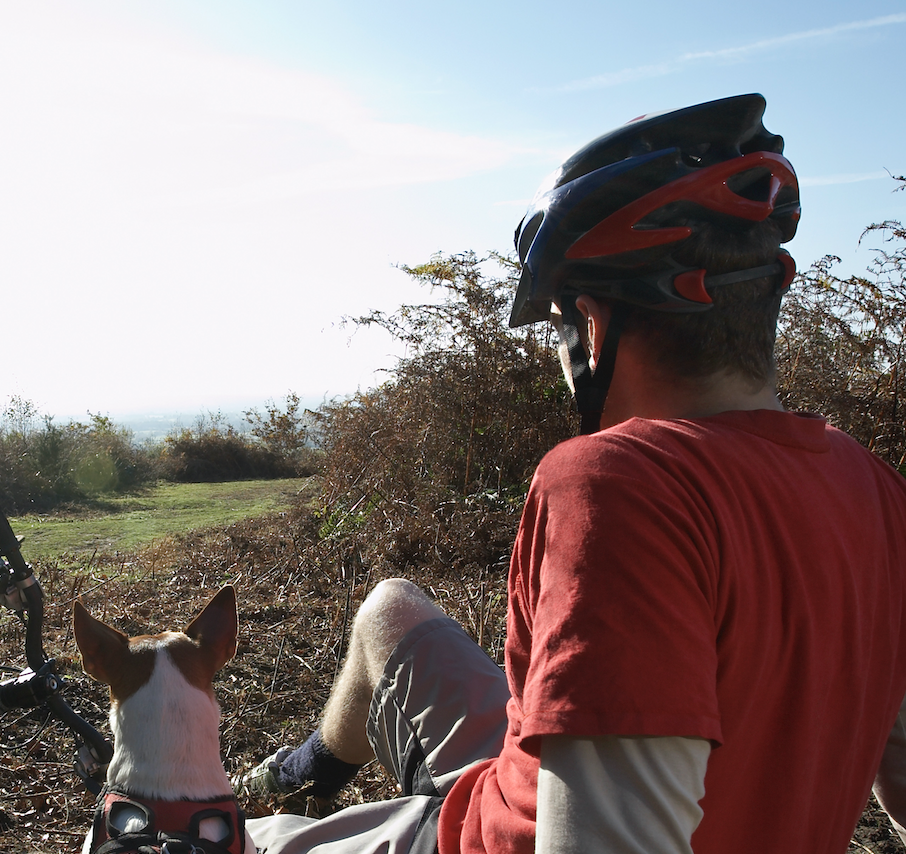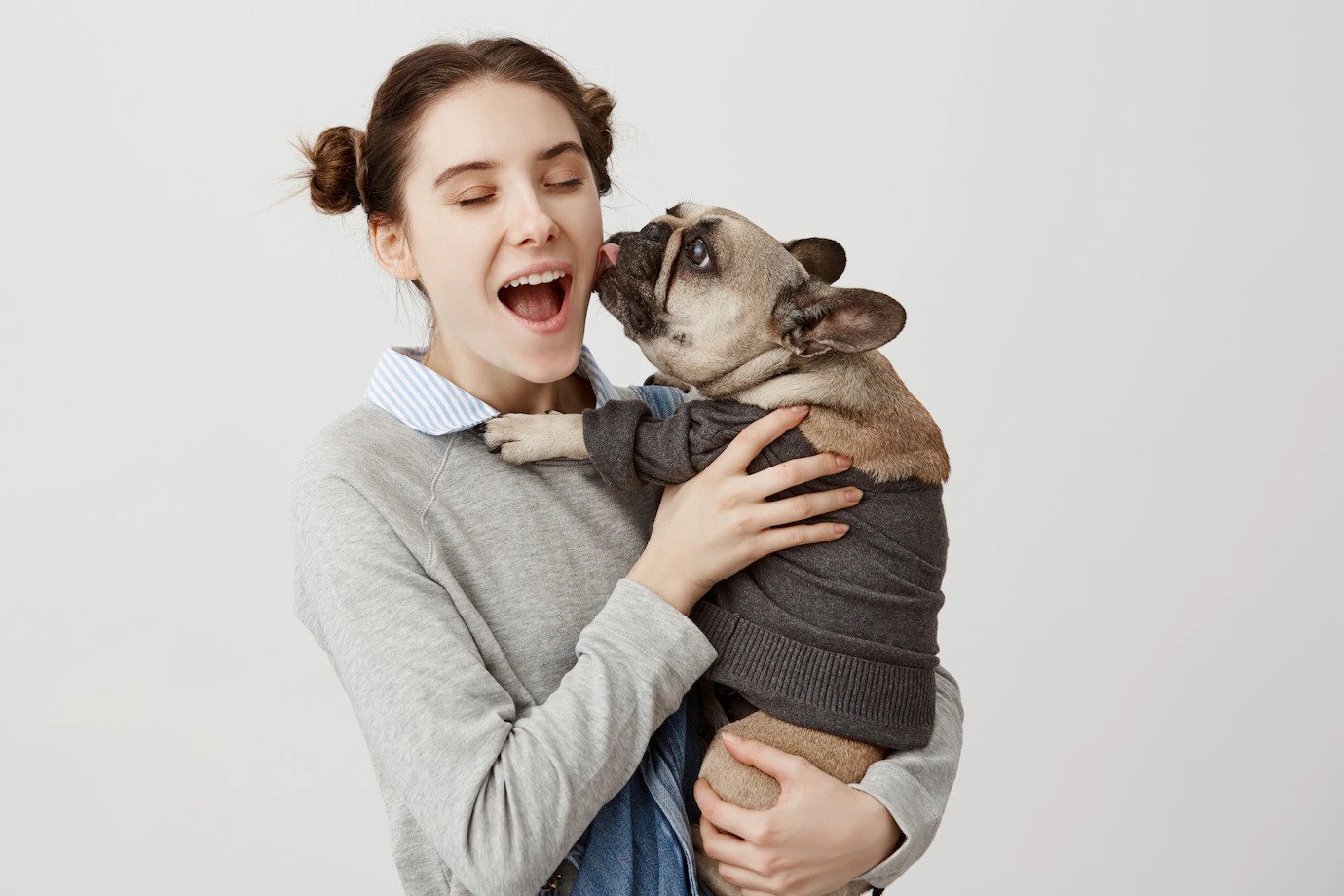
A Psychiatric Service Dog (PSD) or a Psychiatric Assistance Dog (PAD) is a dog that is trained to help its handler with a mental health issue such as PTSD (post-traumatic stress disorder), anxiety, panic disorders, depression, or schizophrenia. A Psychiatric Service Dog can provide a sense of calm and anticipate anxiety attacks. There are a few necessary skills that a dog must have to be a qualified Psychiatric Service Dog. Each skill ensures that the dog is of service to its handler in the best feasible way. Each skill set is used to determine if this is the right dog for its handler's needs and acquire the training necessary for its handler.
For a dog to be a viable choice for a Psychiatric Service Dog, it must exhibit what some people call good Companion Training. With Good Companion Training, your dog will learn how to be obedient to you. Since every dog is different, this can mean different things for each dog. A dog with good Companion Training will not jump on others, bark or growl when not appropriate, not dig in the garden, or climb on the furniture, sofa, or bed if you do not want them to. It will not chew on something it is not supposed to or bite others. It will not eat anything from strangers or other dogs. These are considered necessary obedience training steps. Ten things that are involved with basic obedience for a Psychiatric Service Dog are listed below:
Task/Skill 1
Being able to heel or slow their pace when the handler has stopped, slowed, or made a certain movement. It heels when released off the leash and not resume walking until told to.
Task/Skill 2
When the handler has released the dog from the leash, the dog needs to be able to stay close to the handler and return to the handler with a simple command if it was sent to retrieve something.
Task/Skill 3
The dog is able to sit for at least 1 minute without moving from the spot. This is to ensure that the dog can follow the command of sit and stay.
Task/Skill 4
Along the same lines of sit and stay in the down and stay skill, which is also necessary for a Psychiatric Service Dog. When out in public, your Psychiatric Service Dog needs to be able to sit at least 3 minutes while you eat, change clothes, use the restroom, and much more. It must be able to stay without getting up or losing focus.
Task/Skill 5
Be able to follow hand signals without verbal commands. Some disabled people cannot speak, which can be confusing for a dog who has learned with auditory commands. In this instance, the Psychiatric Service Dog would need to be able to respond to hand signals instead of auditory signals.
Task/Skill 6
Be able to retrieve and return. This means that the dog should be able to leave the handler, retrieve something that was dropped or needed from a distance, and return the item to the handler.
Task/Skill 7
Be able to ignore sudden loud or strange noises that can arise. When a dog startles easily with noise or strange sounds, this can be a problem. The Psychiatric Service Dog should not alert or respond to anything that the handler has not said or done.
Task/Skill 8
Be able to walk on unfamiliar surfaces without being uncomfortable. Frequently, a new surface will startle a dog or create anxiety about being on it. The psychiatric Service Dog should be comfortable approaching or walking on any surface it comes in contact with.
Task/Skill 9
Psychiatric Service Dogs should be comfortable around people who have canes, wheelchairs, children, strangers, and also those that create loud noises like the mentally challenged individuals. They should not respond to other people, but instead, act as if they are not there unless told by the owner that it is ok.
Task/Skill 10
Another part of this would be not alerting other animals. Since dogs tend to chase cats and small prey or respond to other dogs with interest or disgust, a Psychiatric Service Dog should repo as if the other animals are not there. This ensures that they are focused on their handlers' needs instead of losing focus and being distracted.

Another crucial factor is that the dog should have skills that fit within your choice of lifestyle. Oftentimes, a depressed person will spend hours in bed, sometimes even days. The Psychiatric Service Dog that you choose should be able to no potty in the house for the long hours that the handler is in bed and motivate the handler to exit their bed and take them outside for potty times.
If you are based in the US, a great starting point for a dog intended to be a Psychiatric Service Dog is to enroll your dog in the Canine Good Citizen training course. It trains the dog how to be well-mannered with other animals, people, and specific situations. Since this is a training course that provides certification through the American Kennel Club and its approved trainers, this is something that will need to be done by someone certified to teach the course. If you don't want to take your dog to a physical training course or places or cannot afford expensive dog training fees, you can consider our certified online service dog training course. It's easy to learn and follow; you can learn anytime anywhere with the support of qualified individual serve ice dog trainers throughout the course. For more details, please visit Certified Intensive Psychiatric Service Dog Training Course - Training Your Own Service Dog for PTSD, Anxiety Disorders and Depression.














